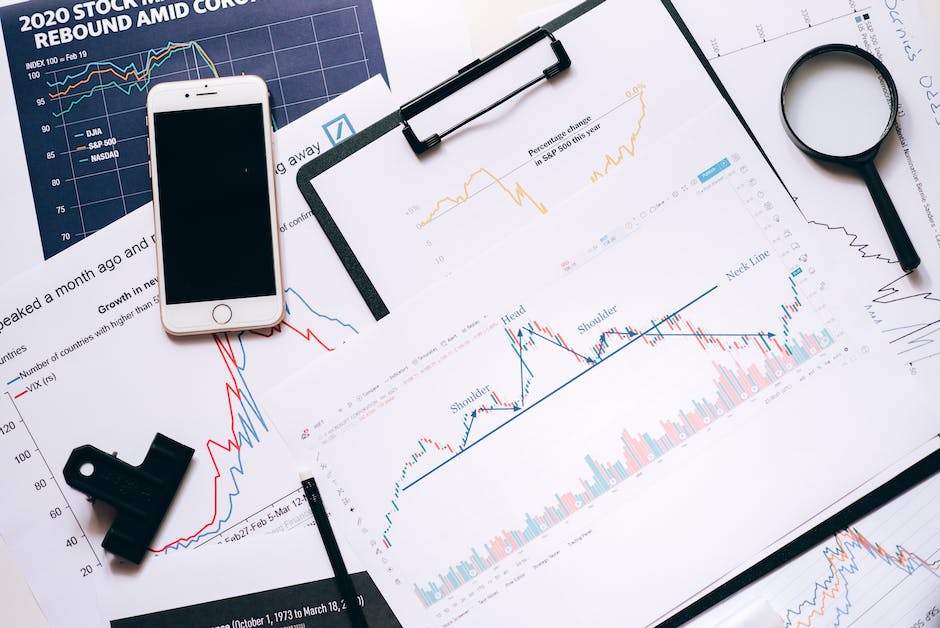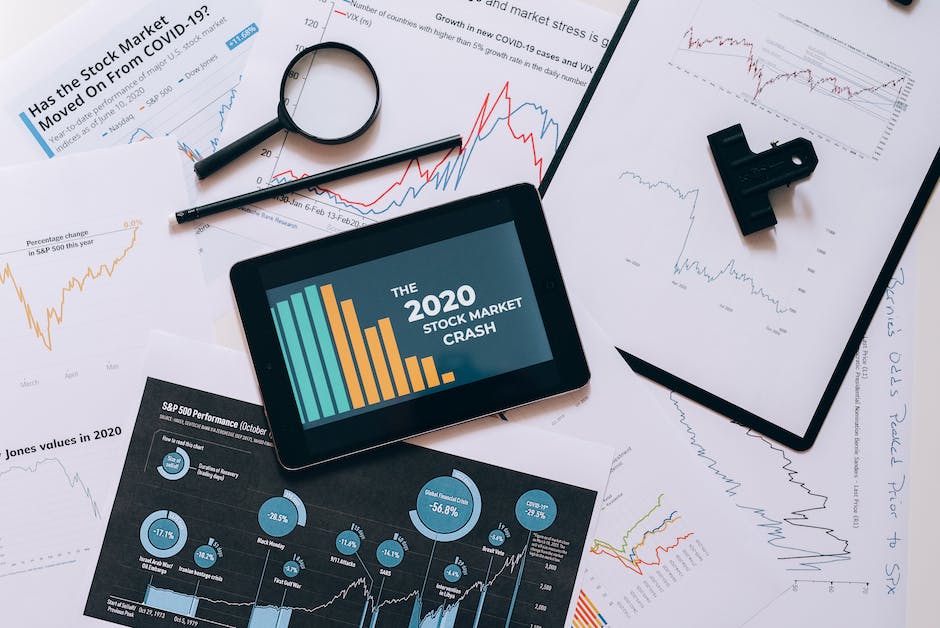With the explosion of data at our disposal, predictive analytics have become one of the most important tools for marketers. These algorithms work by gathering large datasets to determine patterns and predict future outcomes.
Predictive analytics can help you identify potential problems before they occur and take action to prevent them. That is why it is such an integral part of business these days.
In this article, we will discuss some uses of predictive analytics for marketing purposes and how to implement them.
Why is predictive analytics important?

Having access to accurate data can help you create more informed marketing strategies or identify opportunities that you might not have seen before. Businesses use prediction models for several reasons, including finding new ways to improve efficiency, optimizing performance, identifying potential risk factors, and developing targeted campaigns or messages.
Predictive analytics uses statistical modeling to predict what will happen next. For example, if you were trying to determine whether someone would bounce off of your website after they clicked on an advertisement, past behavior is used as a predictor for future actions. If people who visited another site immediately afterwards purchased a product, then we may conclude that those two items are related.
By incorporating this type of analysis into your daily routine, you’ll be able to make smarter decisions that benefit your company. Systems such as Google Ads already do some types of predictive analyses, but there are many other applications outside of just advertisements.
For instance, companies could look at which products sold most recently and see what brands are struggling, or analyze customer surveys to get insights about how well a particular feature works.
What strategies can predictive analytics improve?

Another way predictive analytics can help you is to determine which marketing strategies are working and what isn’t. You can use this information to come up with new strategies or find ways to make current ones more effective.
A lot of times, marketers get so focused on throwing as much content at the wall and seeing what sticks that they forget about things like engagement and responsiveness.
You would never pour gallons of water onto a fire just because it was burning, so why spend money producing junk advertising that people don’t even see or read?
That’s a waste of resources! It could also hurt your business if people aren’t responding to what you’re offering due to lack of interest.
By using predictive analytics to evaluate your campaigns, you will know whether or not your efforts are paying off and how best to optimize them.
What metrics should predictive analytics use?

The next step in implementing predictive analytics into your marketing strategy is determining which metrics to include in your model. There are two main types of metrics that you can add to your data set: qualitative and quantitative.
Qualitative metrics are ones that measure simple qualities such as happiness, sadness, or surprise. Emotions are very powerful motivators for behavior. By adding these qualitave metrics to your dataset, you can determine if there is any correlation between emotions and changes in purchase behavior.
For example, if you were trying to predict whether someone would buy a car within one month, you could look at several different qualiatve metrics such as boredom, anger, fear, etc. If we determined that people who bought a car had an average level of fear, then it may be time to suggest another option.
Quantitive metrics are those that directly quantify something. For example, how much money does person X make? Or how many cars do they have? These are good indicators as to whether or not they will spend more money on other things.
Who should perform predictive analytics?

As mentioned before, there are many ways to perform predictive analytics. Only professionals with at least a bachelor’s degree can use advanced statistical software such as SAS or SPSS. These types of programs require years of training and education, which only certain people have.
That is why it is important to know if you are capable of doing this yourself. If you are, then great! You will be able to do some simple predictive modeling using free resources or softwares that anyone can access.
But what about more complex models like those discussed above? The best way to ensure that your marketing strategies are effective is by educating yourself on the field.
You don’t need special certification or formal training to predict how likely someone is to purchase something or invest in something else. By applying basic principles of mathematics and statistics to marketing data, you can easily determine whether or not these theories make sense.
So if you are already trained in other areas of business, you now have an extra skill set. You could potentially develop your skills by exploring different aspects of predictive analytics.
What challenges are there with predictive analytics?
There have been many predictions made about the future of marketing, but few that actually come to pass. The reasons why this happens is because people have different ideas of what makes an effective strategy.
There’s no one right way to do marketing, which can make it hard to determine what strategies work. A lot of times marketers use anecdotal evidence or simple intuition when trying to evaluate whether or not their tactics are working.
Anecdotal evidence is the experience of someone who has done something successfully before. Simple intuitive insights are those that seem to make sense without much proof. It’s difficult to measure both types of information, so most companies are left spending money on ineffective strategies.
That’s where predictive analytics comes into play. These tools allow you to collect data and apply mathematical equations to predict the outcome of certain events. By predicting these events, you can begin to assess if your current strategies are worth investing in.
What are the benefits of predictive analytics?

A growing number of companies use predictive analytic tools to help shape their marketing strategies or identify potential issues with how they are running campaigns.
Predictive analytics is the application of statistical models and algorithms to analyze large datasets in order to determine what will happen next. For example, if you have data showing that people who drink one soda per week tend to be healthier than those who drink two sodas every day, then your company can decide whether to offer the healthy choice option to all consumers or not.
There are many types of predictive analytics, but some of the most common applications include predicting customer behavior (such as which products customers will buy) and determining whether an individual or group of employees may need additional training or guidance on performance-related topics.
What should I do next?

Once you have gathered all of your data, it is time to start analyzing this information. You will want to use predictive analytics software to help you!
There are many great free tools that can be used for marketing purposes. Many of these offer limited features, but they can get the job done. More advanced users may find paid-for apps more efficient as you can access additional settings and features.
The most important thing to look for when picking a tool is if the app has an active community that uses it and shares their experiences with it. By looking at both internal and external reviews, you can determine if what people say about the app is believable or not.
We recommend trying out several different ones before making your choice.
What are some good predictive analytics apps?

One of the most important parts of any marketing campaign is knowing when to stop spending money! Luckily, there are several ways that you can use predictive analytics to do just that.
There are many different types of predictive analytics for marketers to choose from. Some focus more heavily on cost-effective ways to test your campaigns while others evaluate whether or not your current strategies will be successful.
Some predict if an advertisement will work by looking at past data and coming up with conclusions about how well advertisements with similar content have done in the past. Others look into computer software algorithms to determine what products and services are likely to succeed in the market.
The best way to identify which approaches are worth investing time in depends on your budget as well as the length of time needed to see results.
Pingback: Discover the Magic of Mi Jack: A Guide to the Versatile Heavy Equipment